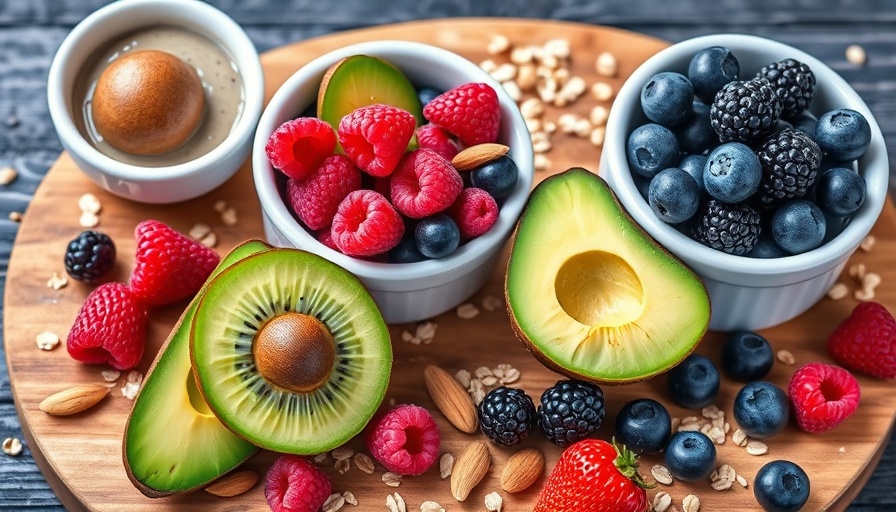
Granola: The Deceptive Snack Hiding in Your Pantry
Granola has long been lauded as a health-conscious choice, appealing to the taste buds of both fitness enthusiasts and casual snackers alike. Made from nutrient-rich ingredients such as oats, nuts, seeds, and dried fruit, it presents itself as the perfect combination of flavor and health. However, recent insights from registered dietitians reveal a surprising truth: granola may not be as wholesome as it appears.
What Makes Granola Unhealthy?
While the base ingredients may seem healthy, what often transforms granola into a sugary pitfall are added components: oils, sweeteners, and preservatives that manufacturers include for improved taste and texture. Many commercially available granola brands are loaded with added sugars, which can lead to a hefty calorie count and potentially undo the supposed benefits that come from its nutritious elements.
Breaking Down the Ingredients: What to Watch For
Experts recommend scrutinizing labels closely. Many granolas on the market contain high fructose corn syrup or cane syrup, both of which can spike blood sugar levels. Additionally, some blends have unhealthy fats added that can contribute to heart disease.
Notably, even natural sweeteners such as honey, while healthier than processed sugars, can still lead to substantial added calories. A serving of granola can sometimes contain as much sugar as a candy bar, making it critical to pay attention to serving sizes.
Choosing Healthier Granola Options
So how can you navigate the granola aisle without sabotaging your health goals? Here are a few tips:
- Look for granolas with low or no added sugars. Aim for those with less than 5 grams of sugar per serving.
- Check for whole grain oats as the first ingredient to ensure you’re choosing a fiber-rich option.
- Consider portion control. Instead of filling up a large bowl, try measuring out a serving size to avoid excessive calorie intake.
The Appeal of Granola: Why It’s Still Popular
Granola has captured a dedicated following for many reasons beyond its perceived health benefits. Its versatility allows it to be eaten as a snack, breakfast, or topping for yogurt and smoothie bowls. The crunch, flavor, and variety—ranging from chocolate to berry-infused options—make it an appealing choice, but it's crucial to balance enjoyment with nutritional awareness.
Future Trends in Granola Choices
As consumers become increasingly health-conscious, we can expect a rise in healthier granola alternatives. Innovations are being made in the industry to include lower-sugar and high-protein varieties, appealing to those seeking a more nutritious snack. Plus, with growing awareness around gluten-free options and organic ingredients, brands are adapting to meet these demands.
The Emotional Connection: Why Healthy Eating Matters
Understanding the intricacies of what we eat is vital not just for physical health but also for mental well-being. Choosing foods that genuinely nourish our bodies can lead to increased energy levels, better mood regulation, and an overall sense of vitality. It’s empowering to make informed decisions at the grocery store and to feel confident about what goes into our meal preparation.
In conclusion, while granola can be a part of a balanced diet, it’s essential to approach it with a discerning eye. By understanding the ingredients and being mindful of portion sizes, you can enjoy this crunchy treat without compromising your health.
With so many delicious options available, it’s worth taking the time to choose wisely. What step will you take to ensure the granola you enjoy aligns with your health goals?
 Add Row
Add Row  Add
Add 




 Add Row
Add Row  Add
Add 

Write A Comment